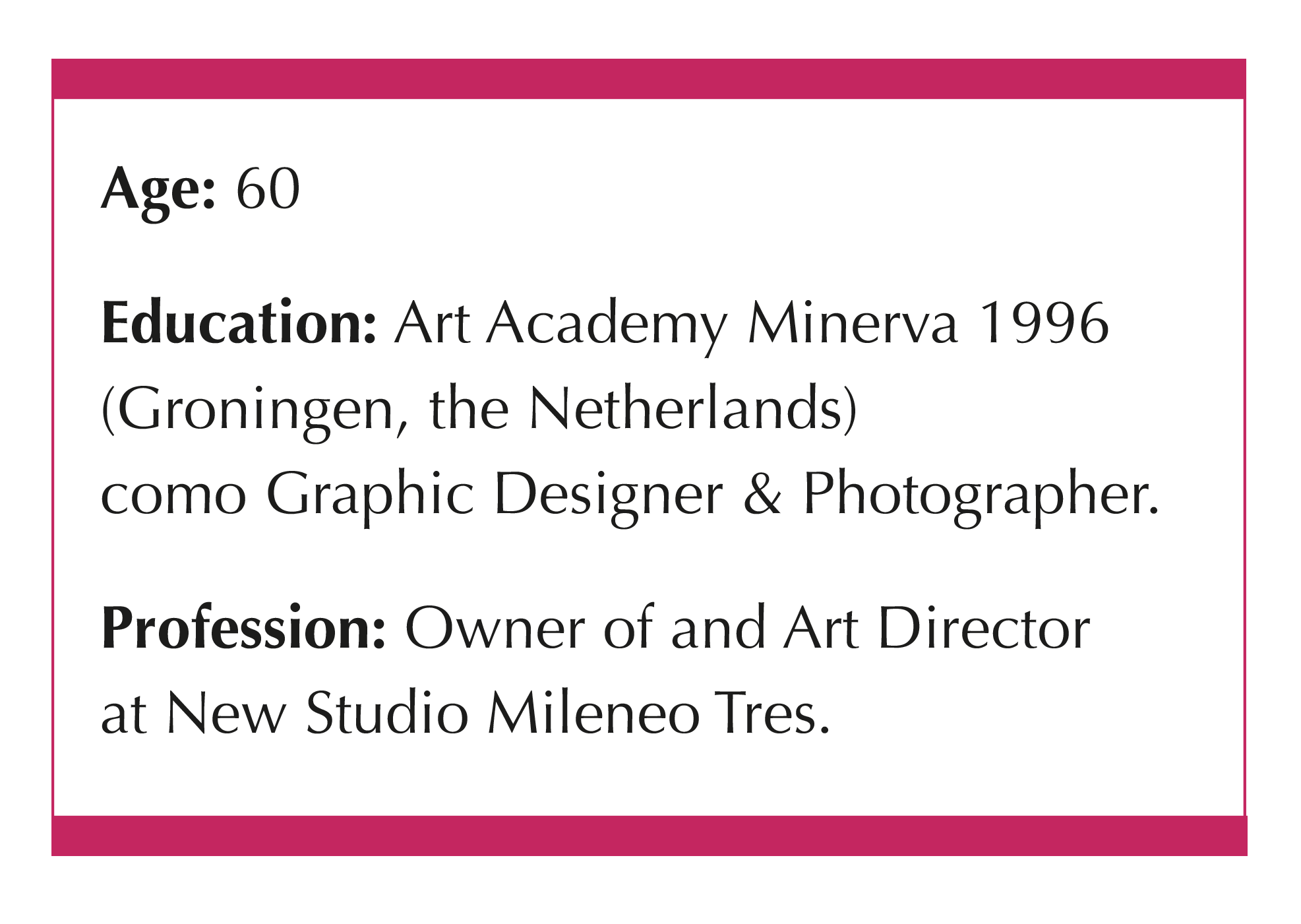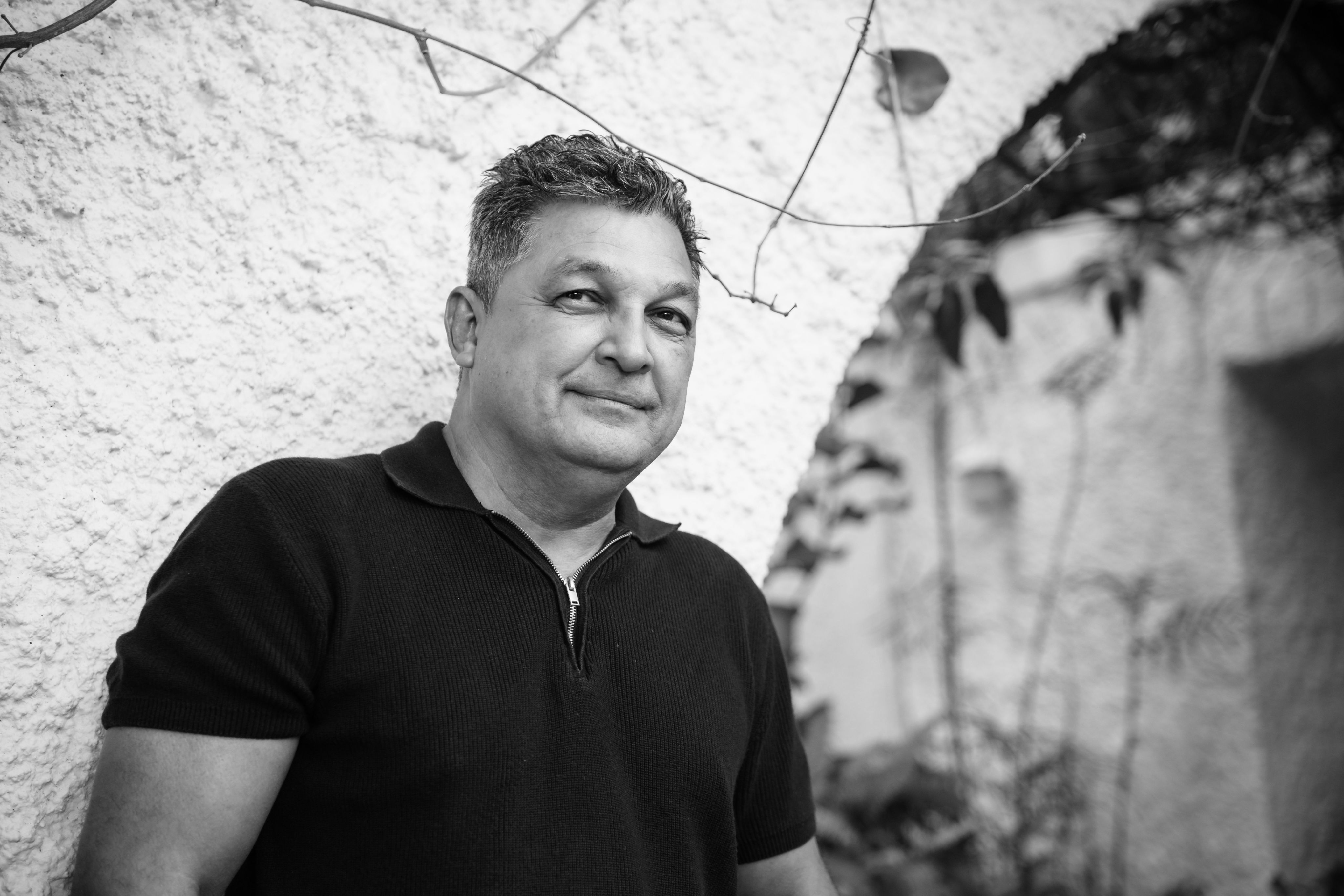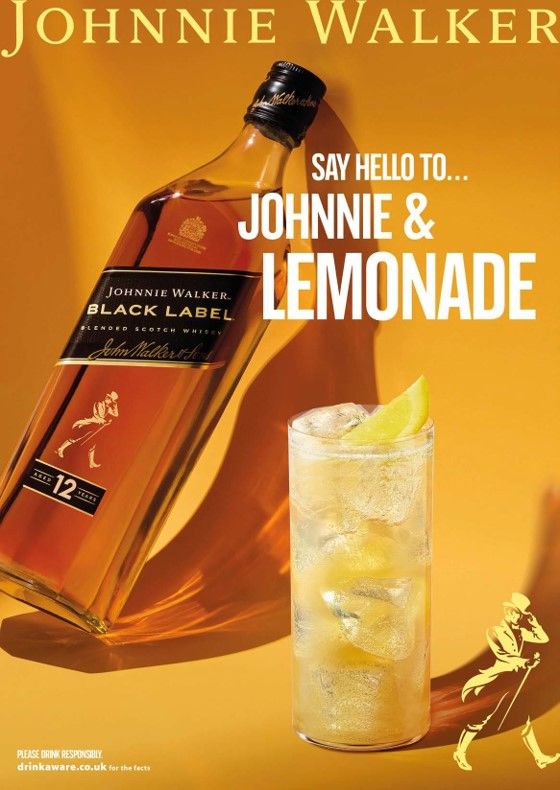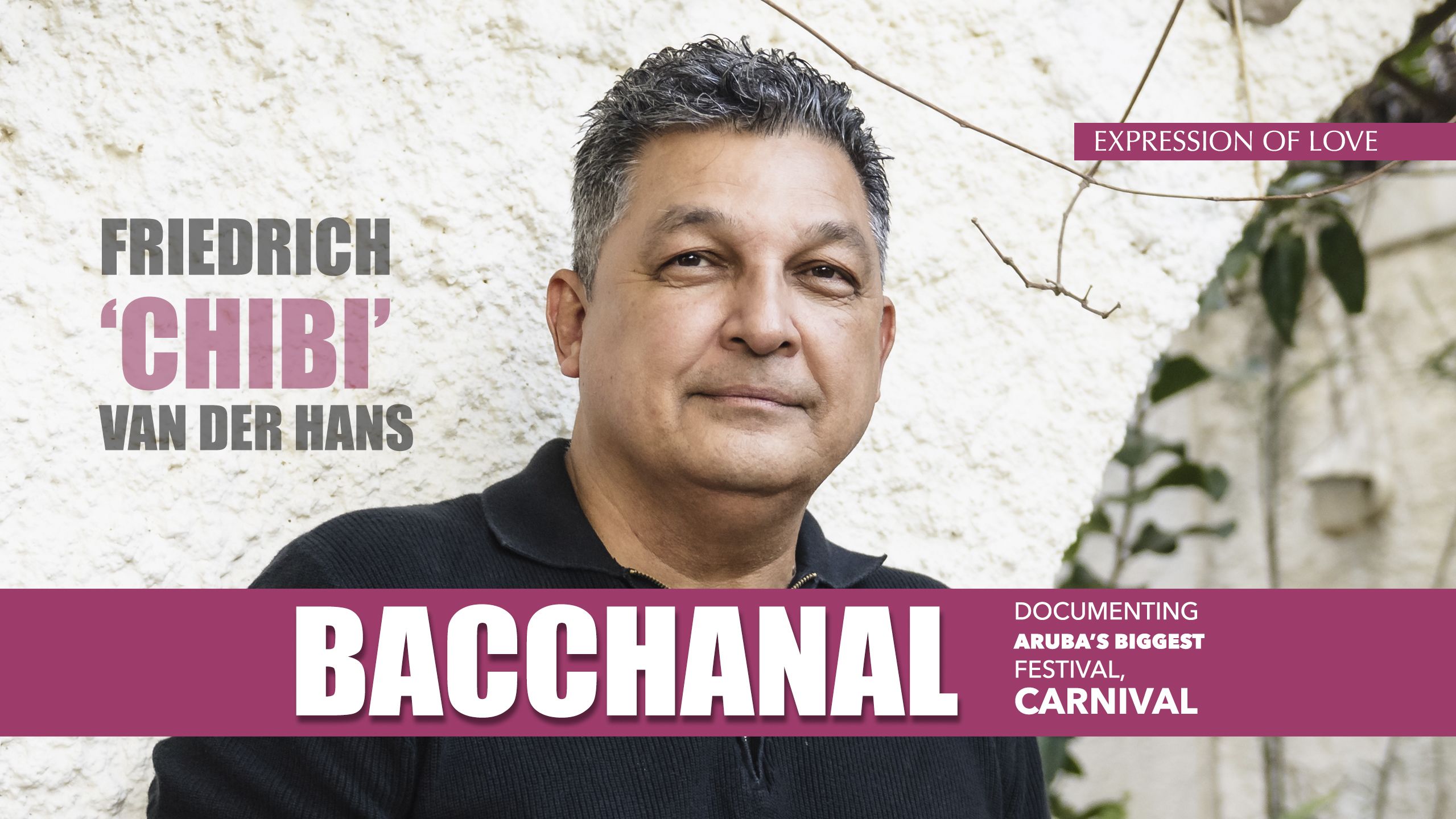


"Carnival was in a certain sense a part of my life from childhood, just like many other people in Aruba.
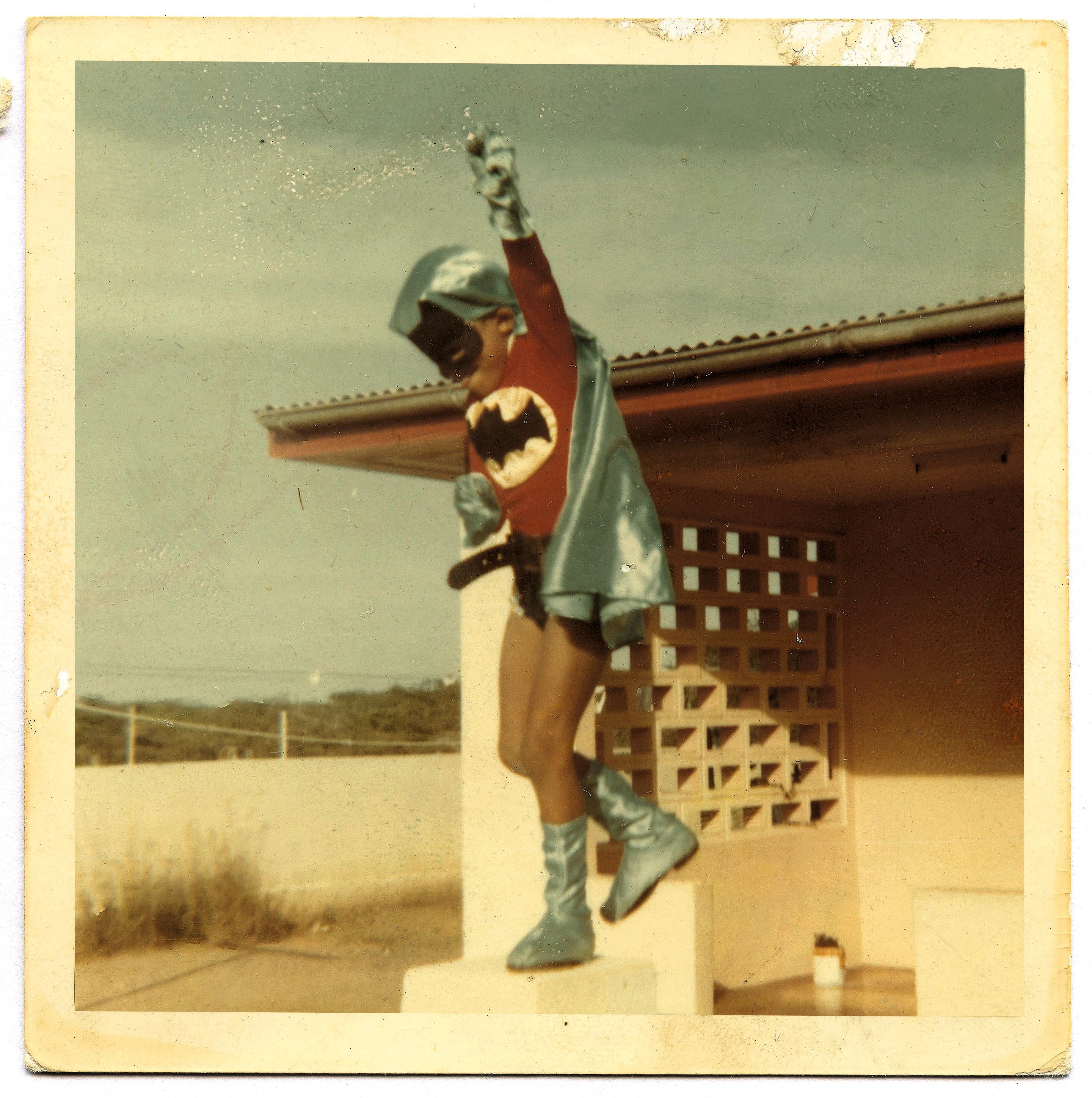
It started in the family where my mother Mercedes ‘Bubi’ van der Hans Orman used to sew costumes for us. Also later in elementary and secondary school. I dropped out of Colegio Arubano at the age of 18 and went to work as a graphic designer for a t-shirt printing company. Our busiest period was obviously the Carnival period. At that time, it was only the last parade in Playa where I would go watch with my friends from the neighborhood ‘The Gang’. I went back to college and managed to get my diploma. At U.N.A. Curaçao I met The Brass Revolution, formed by Rubian students together with young people from Curaçao. They introduced the rhythm of the Curaçao brass band which in 1995 was named Asambeho.
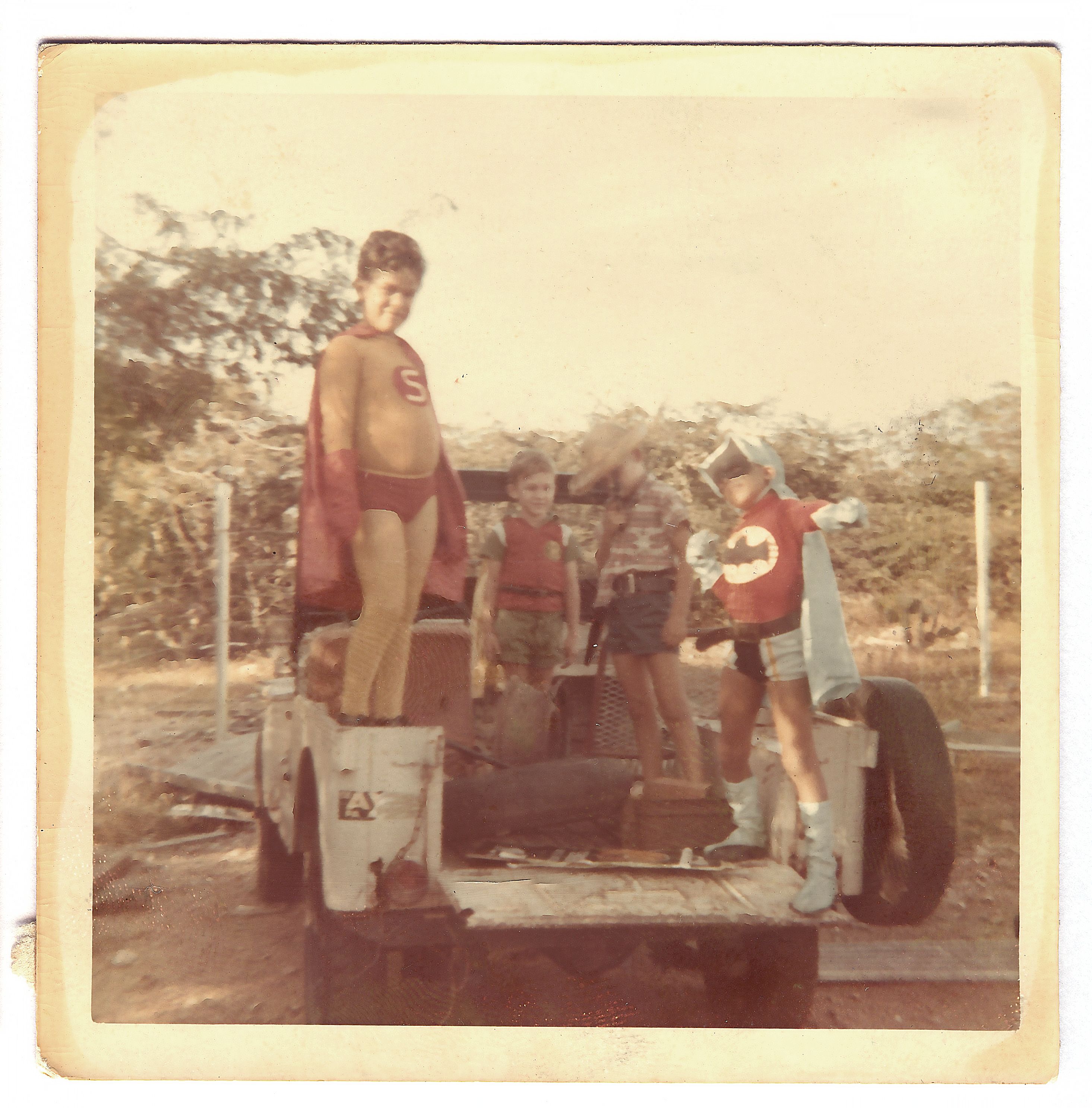
I went to the Netherlands and completed the Akademie voor Beeldende Kunsten Minerva in Groningen in Graphic Design & Photography. My graduation project was about Branding Aruba's Carnival. Wanting a complete image design for Aruba's Carnival.”
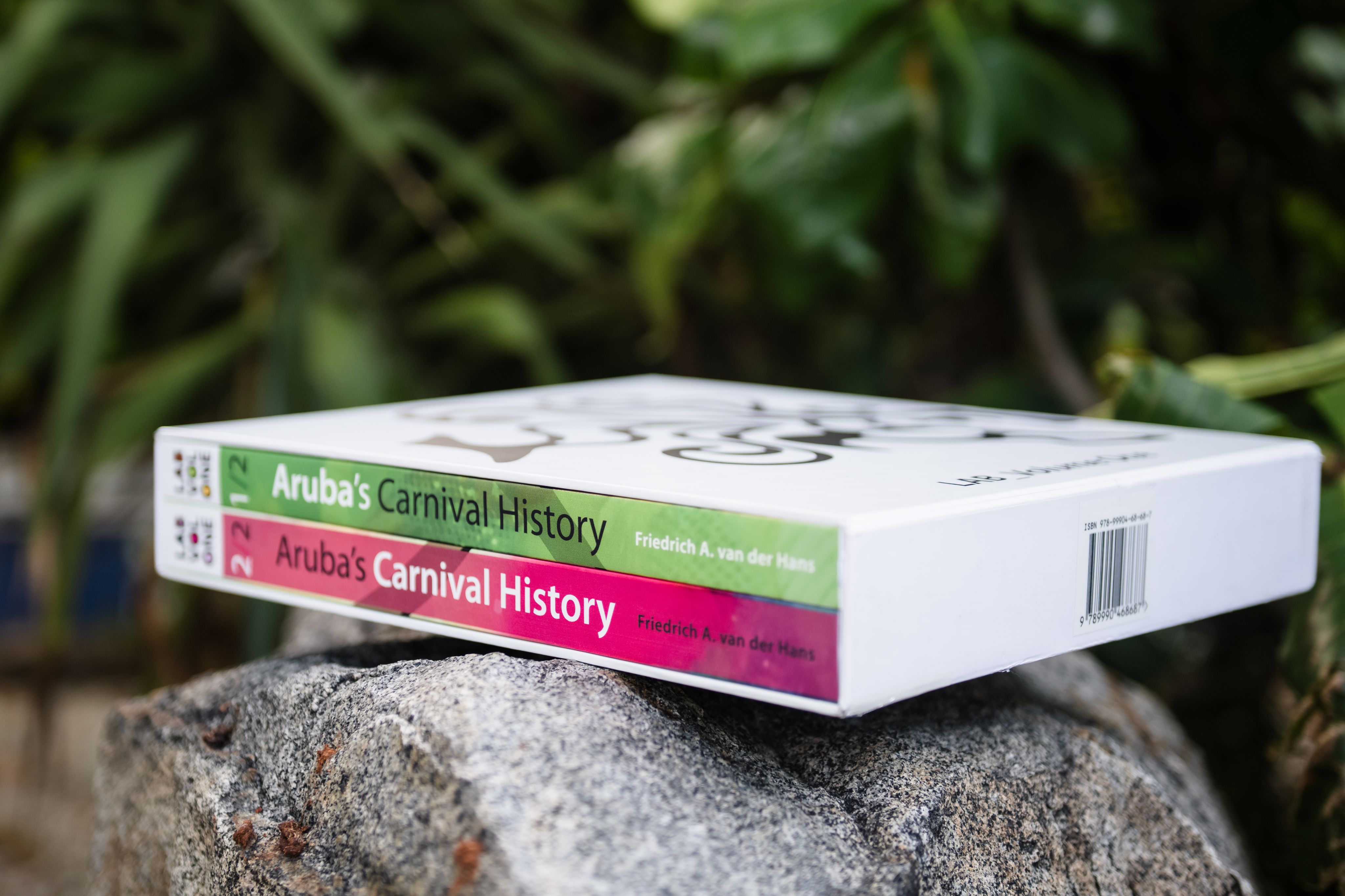
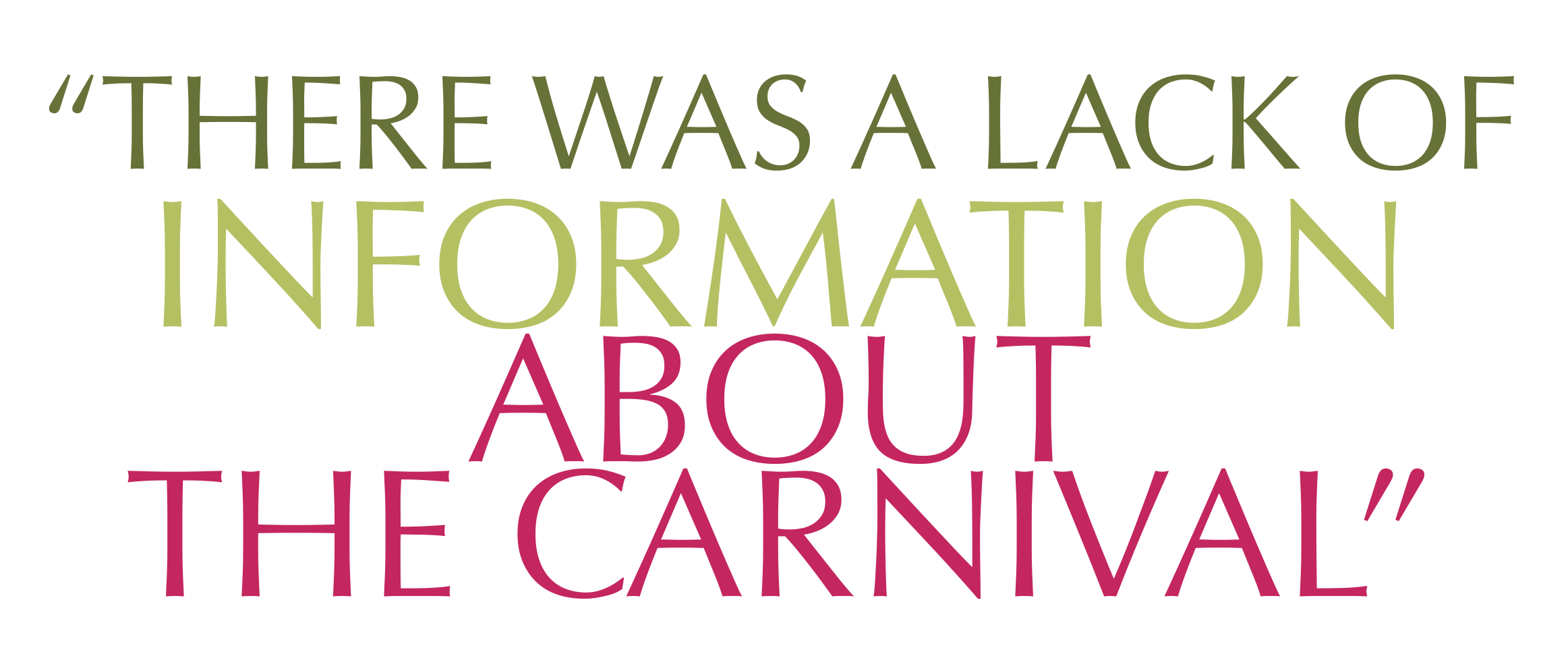
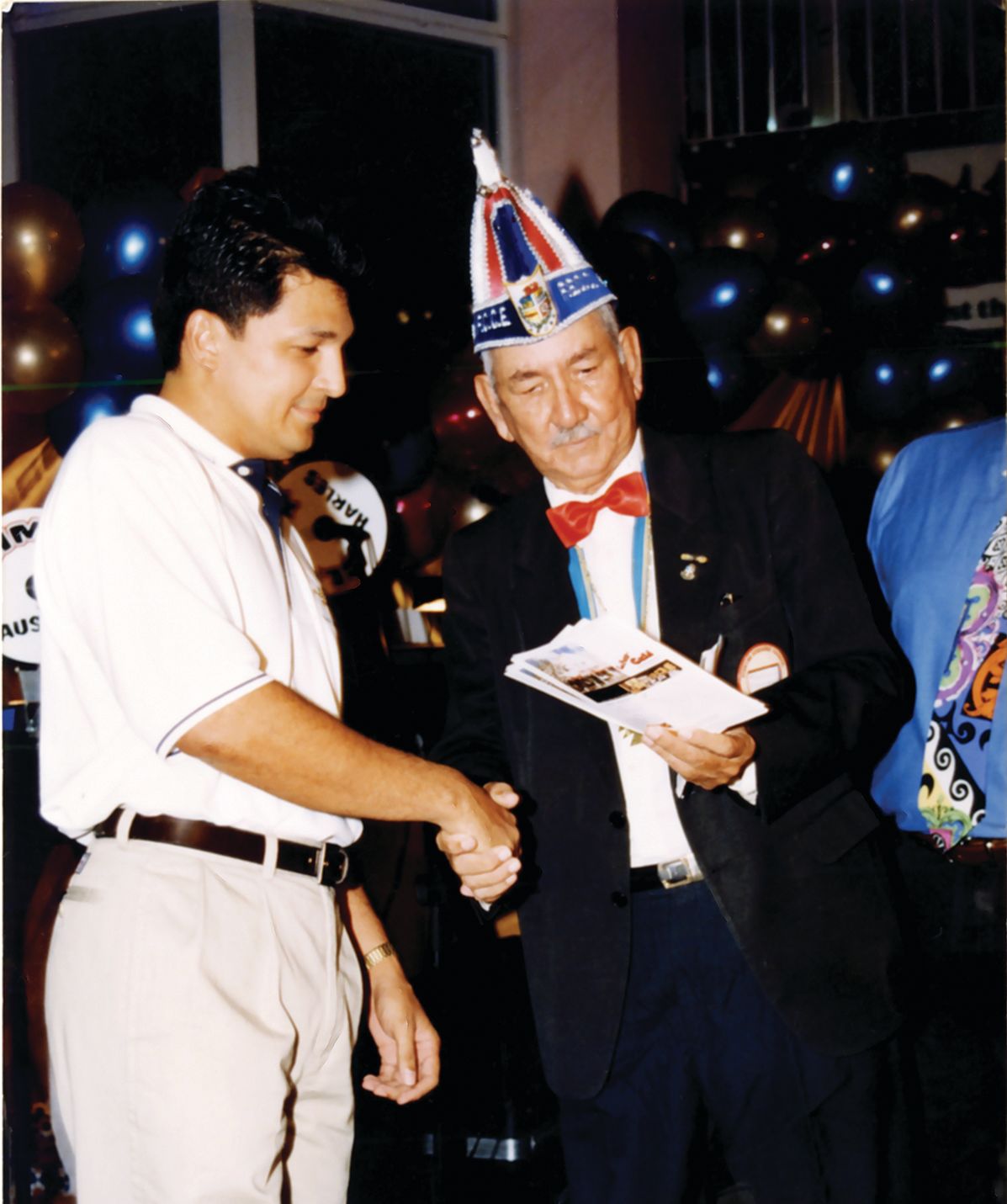
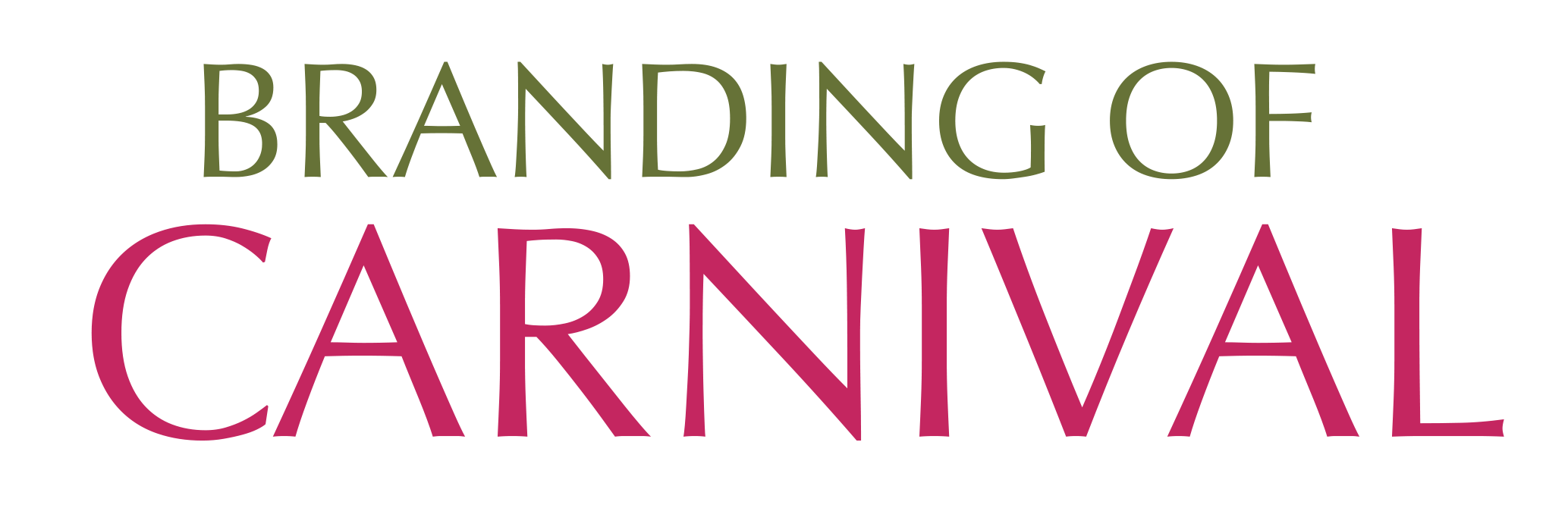
"Back in Aruba, I patented my concept under the name Bacchanal; Aruba's Carnival Concept Designs. Bacchanal because this word always resonates in Aruba's Carnival for various reasons. I started implementing my ideas for the branding of Carnival where the official logo of Aruba's Carnival was introduced along with S.A.C. with Mr. Milo Croes as president at that time in 1998. My ideas for continuing with the branding were limited to the logo. Because I realized that branding at that time could work against Aruba's Carnival. Because it made no sense to have a professional and neat branding for the whole world to see if they couldn't get more information about Aruba's Carnival. Simply due to the lack of certain types of documentation.
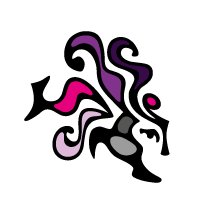
I focused on a form of documentation which resulted in the Bacchanal magazine, which I published on November 11, 1998. Many people were very happy with the Bacchanal magazine anticipating Aruba's Carnival with the moment they could search for and get their copy of each edition every year. Bacchanal and Carnival became synonymous and Bacchanal grew to be an integral part of Aruba's Carnival.”

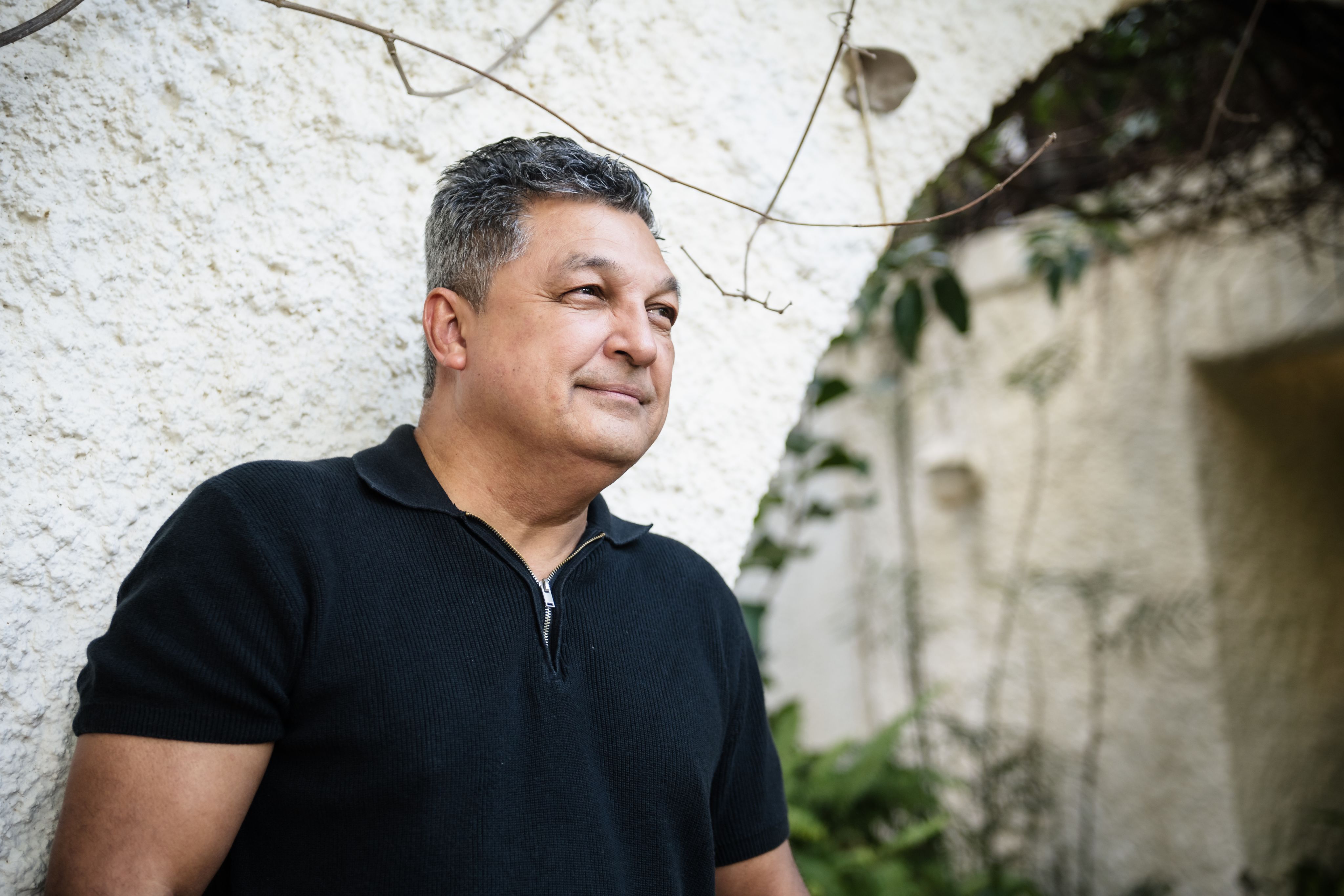
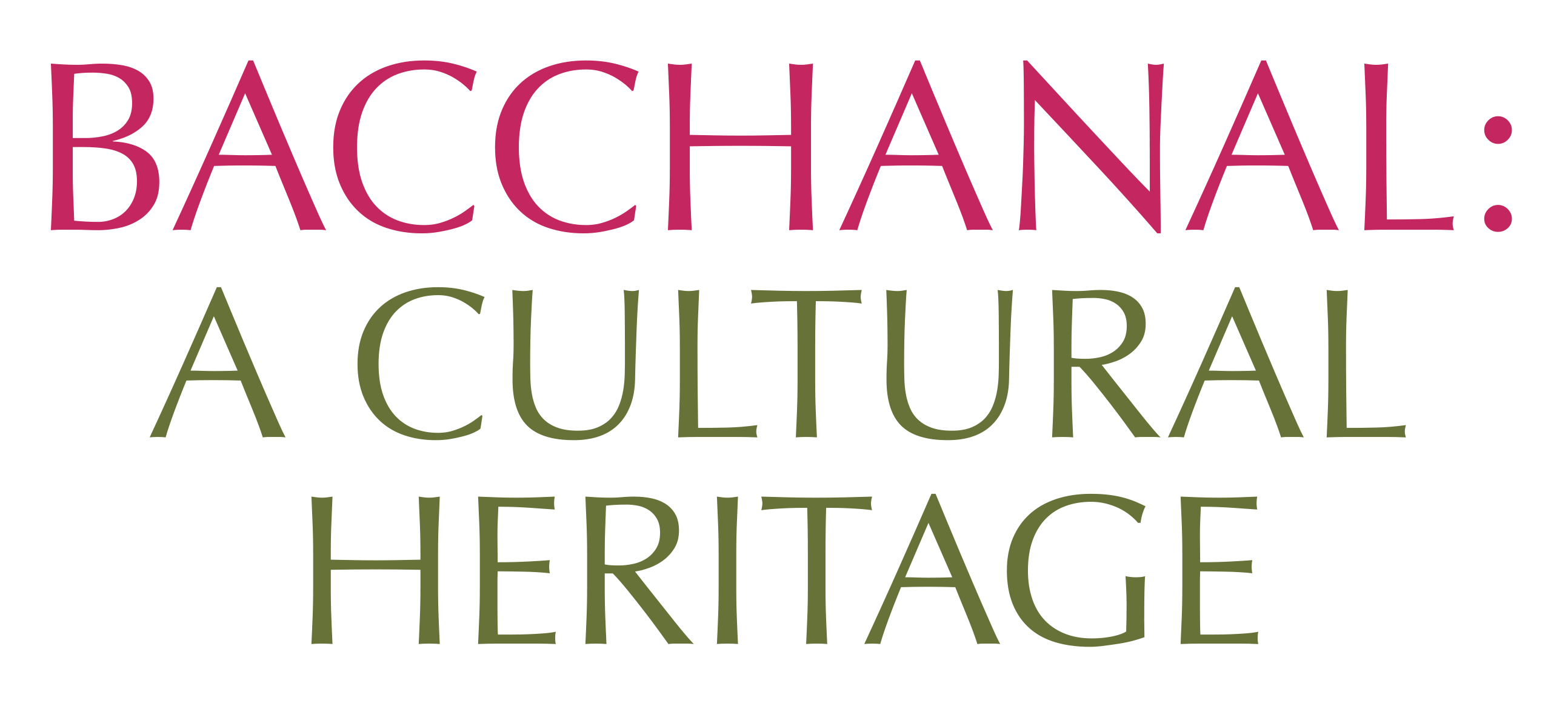
“Bacchanal is a year-round job. The Bacchanal magazine for 20 years depended on the sale of advertising in a way that I could distribute it for free. Now the Bacchanal magazine can no longer be free because commerce has chosen other forms to advertise their services and products. However, the Carnival public in Aruba misses the magazine and is willing to pay for it. I decided to put the idea for the Bacchanal magazine on hold for a while. The last edition of Bacchanal was published in 2018 with the opening of an exhibition at Carnival Euphoria San Nicolas for Carnival 65 in 2019.”
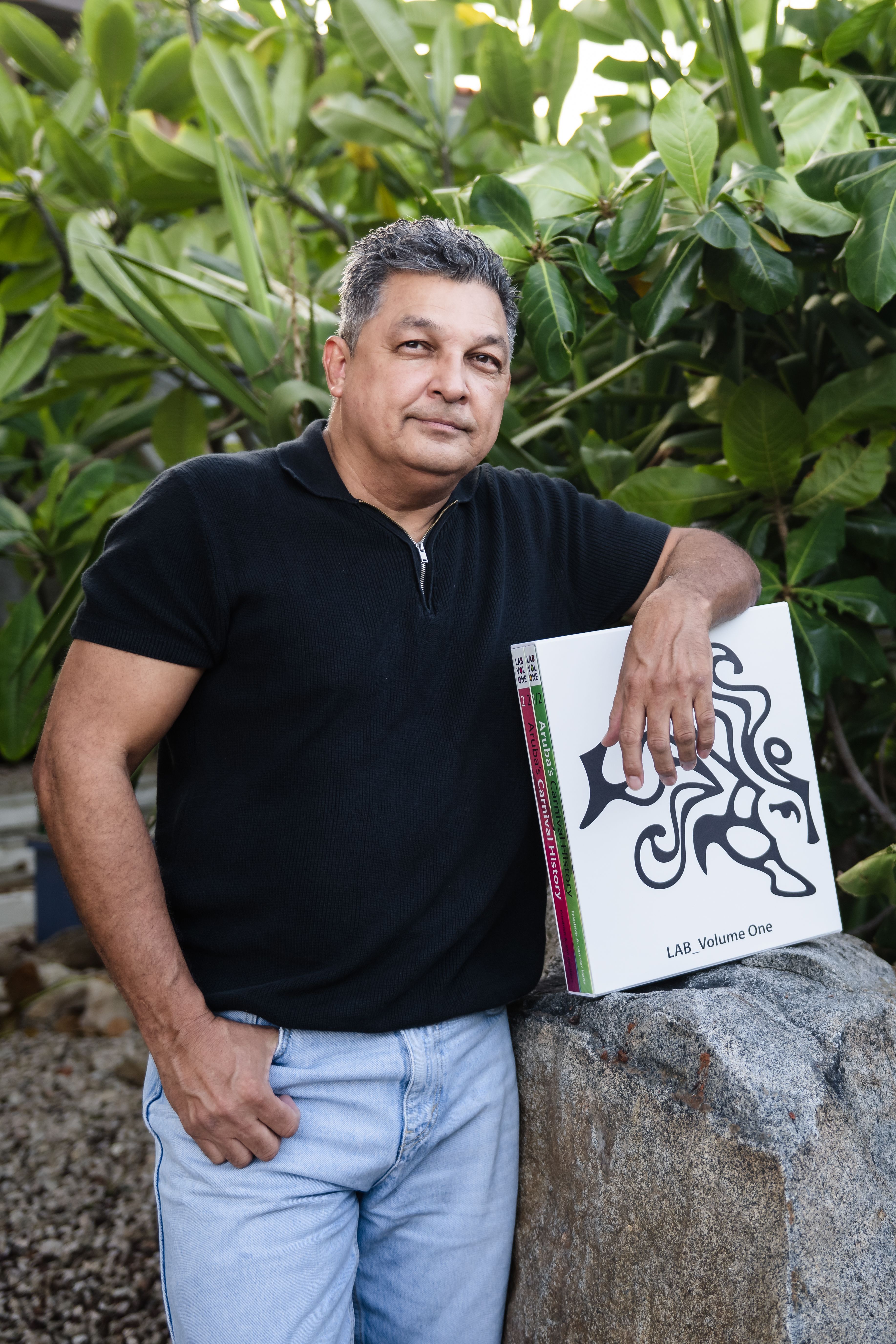
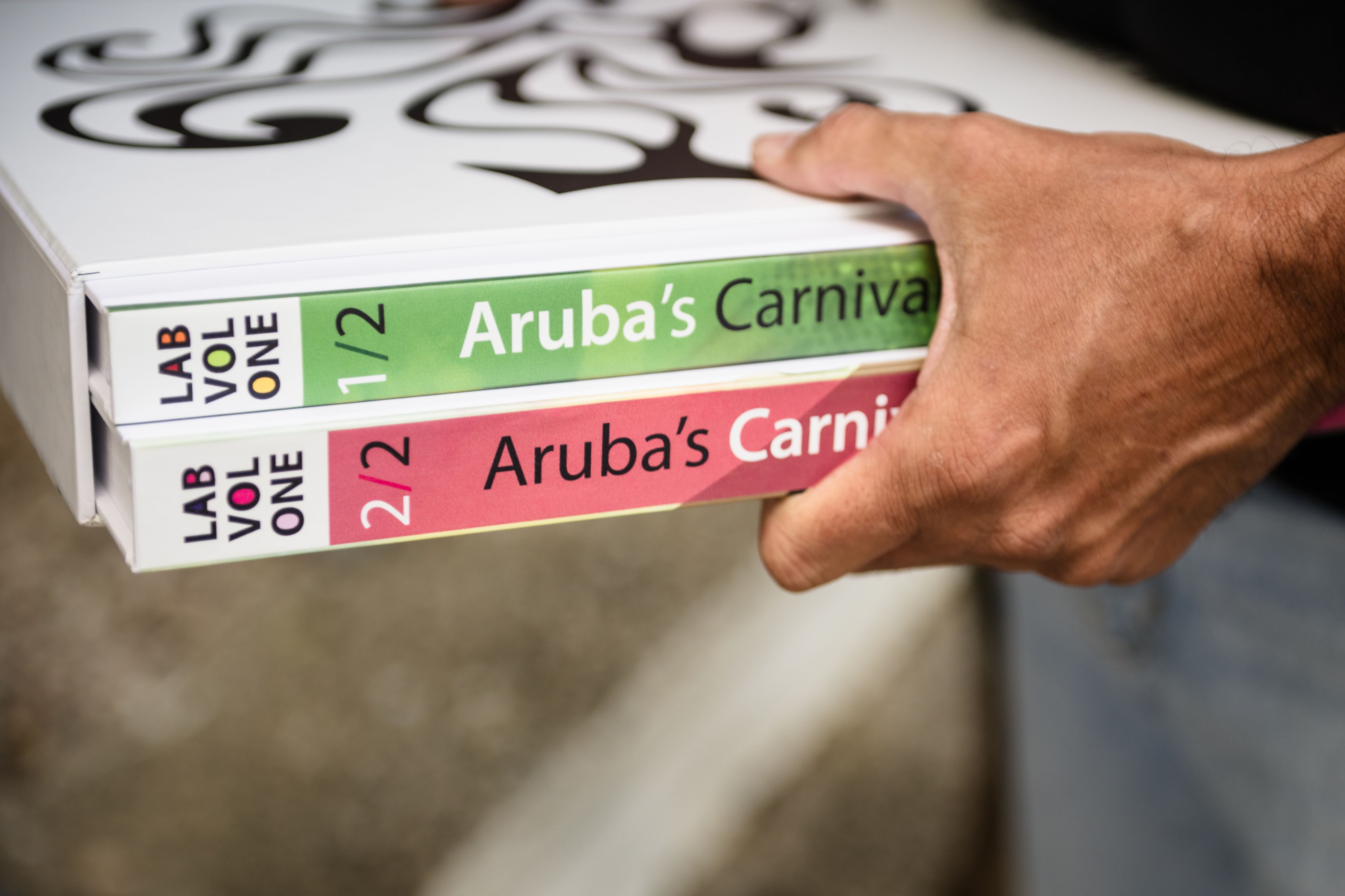
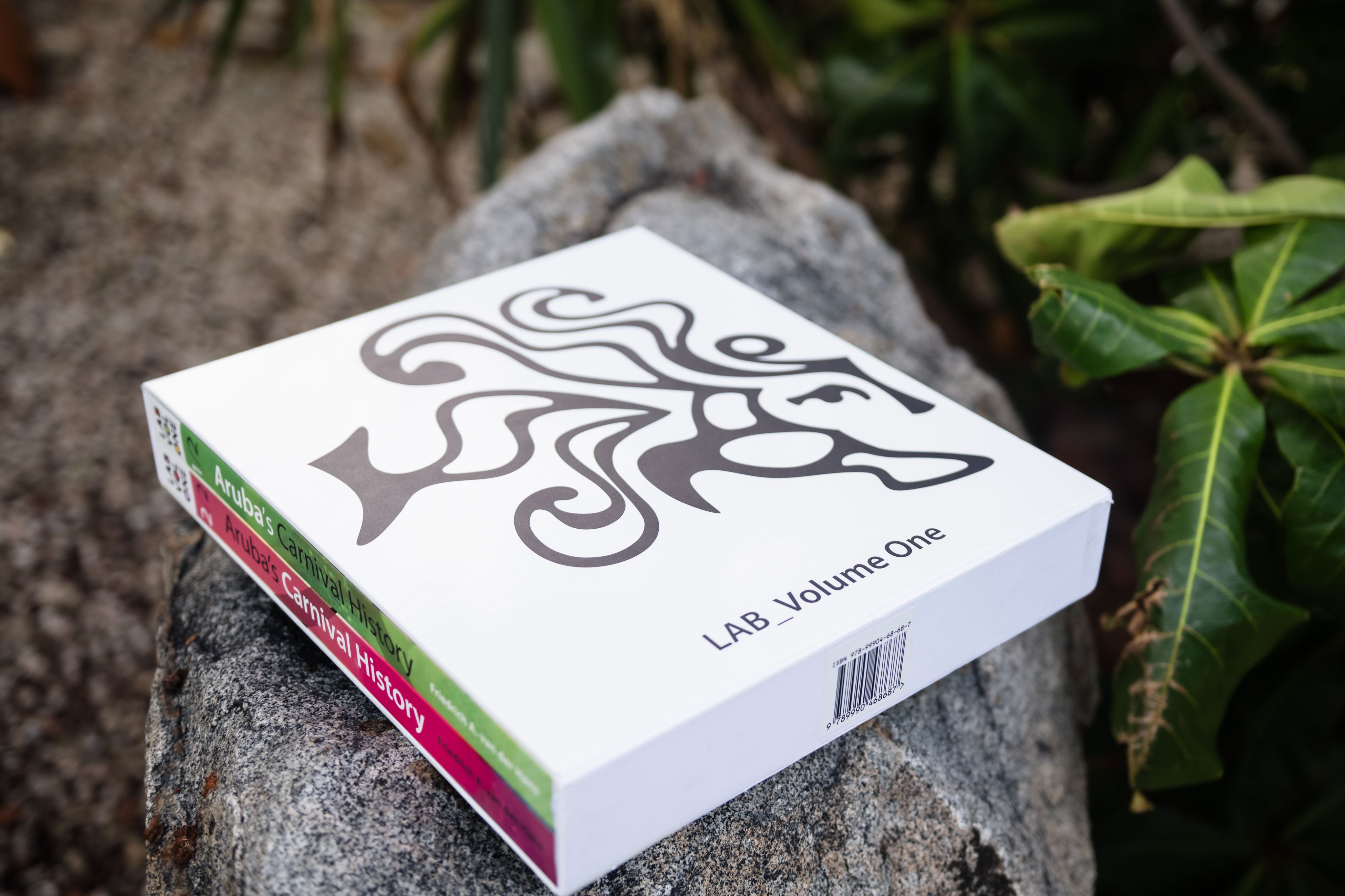
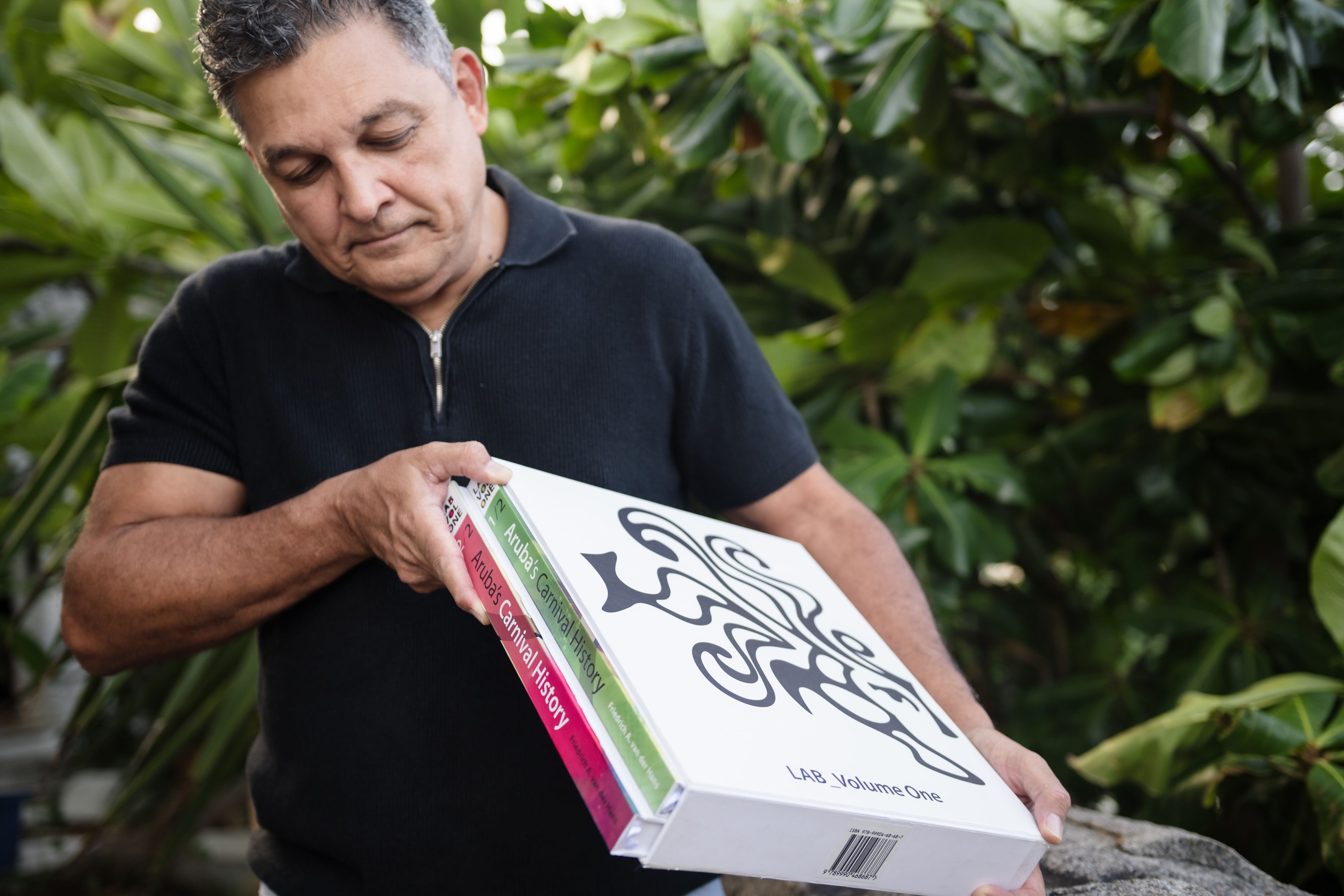

“Before Carnival Euphoria 2018, looking at the direction of communication technology and along with it the advertising market, I created and opened a website www.arubabacchanal.com. For Carnival 60 in 2014. This first attempt at a digital version of Bacchanal for Aruba's Carnival was not very successful. And it was after Carnival 60 in 2014 that I began working on an idea I always wanted to achieve; a book for Aruba's Carnival. The first volume of the publication which eventually got the title ‘Liber Amicis Bacchanalibus’ started with covering Carnival 50 in 2004 to Carnival 54 in 2008.
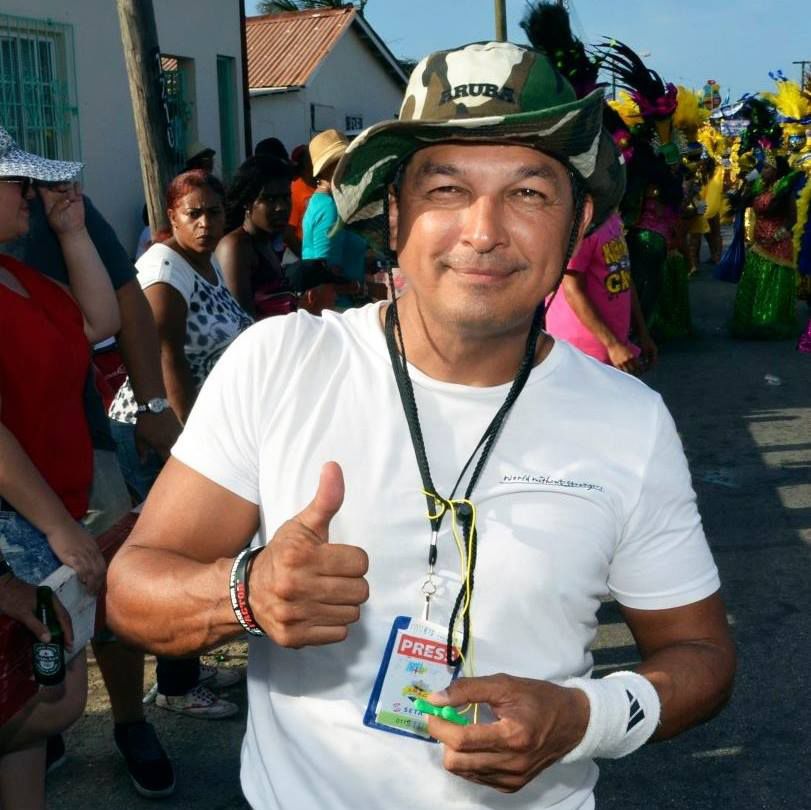
In 2018, after a lot of work and research, I was convinced that I could achieve it and I started presenting my ideas and work to different potential financial contributors. Here I thank Setar N.V. who immediately signed with Bacchanal to become what I called at the time a Gold Main Sponsor. The plan was to publish in 2019. But on the suggestion of, among others, people at the National Library of Aruba (B.N.A.) and the University of Aruba (U.A.), I adapted my research to include more of Aruba's Carnival history. A deeper academic research under the advice and guidance of people at the University. This adaptation created a lot more work and took 4 more years before I could finish with this publication; LAB Volume One (Aruba's Carnival History with a case study of 2004-2008).
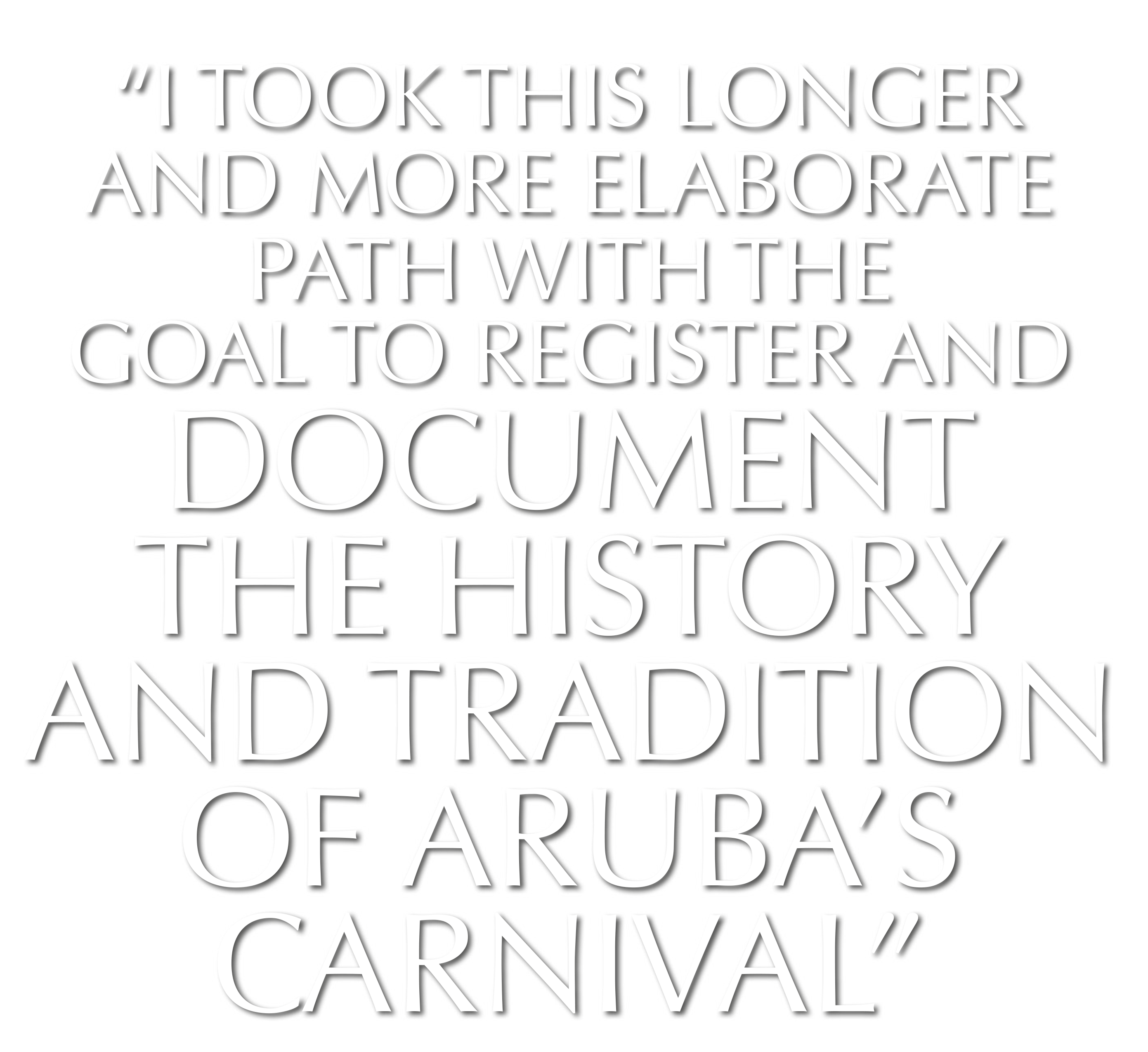
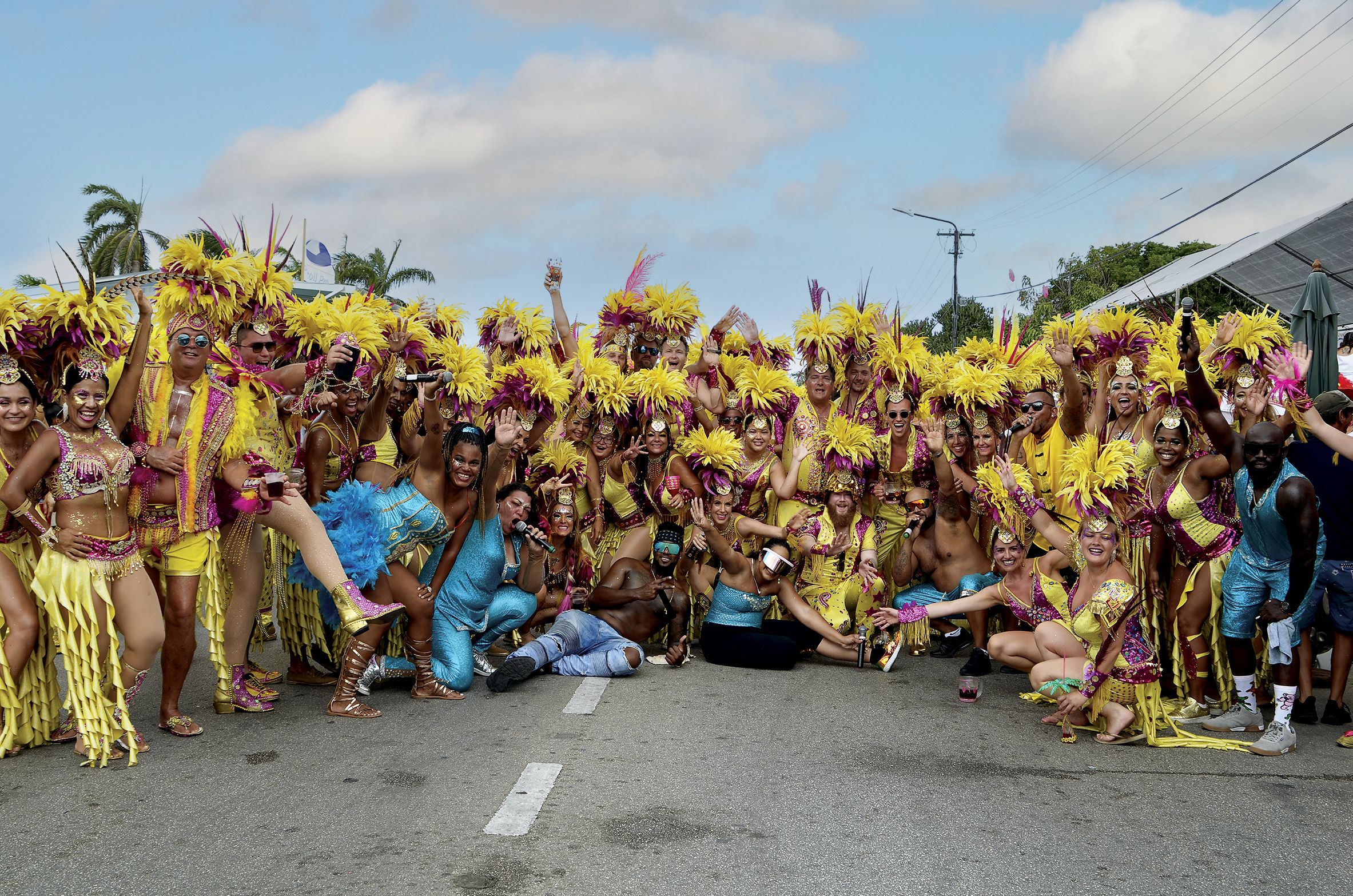
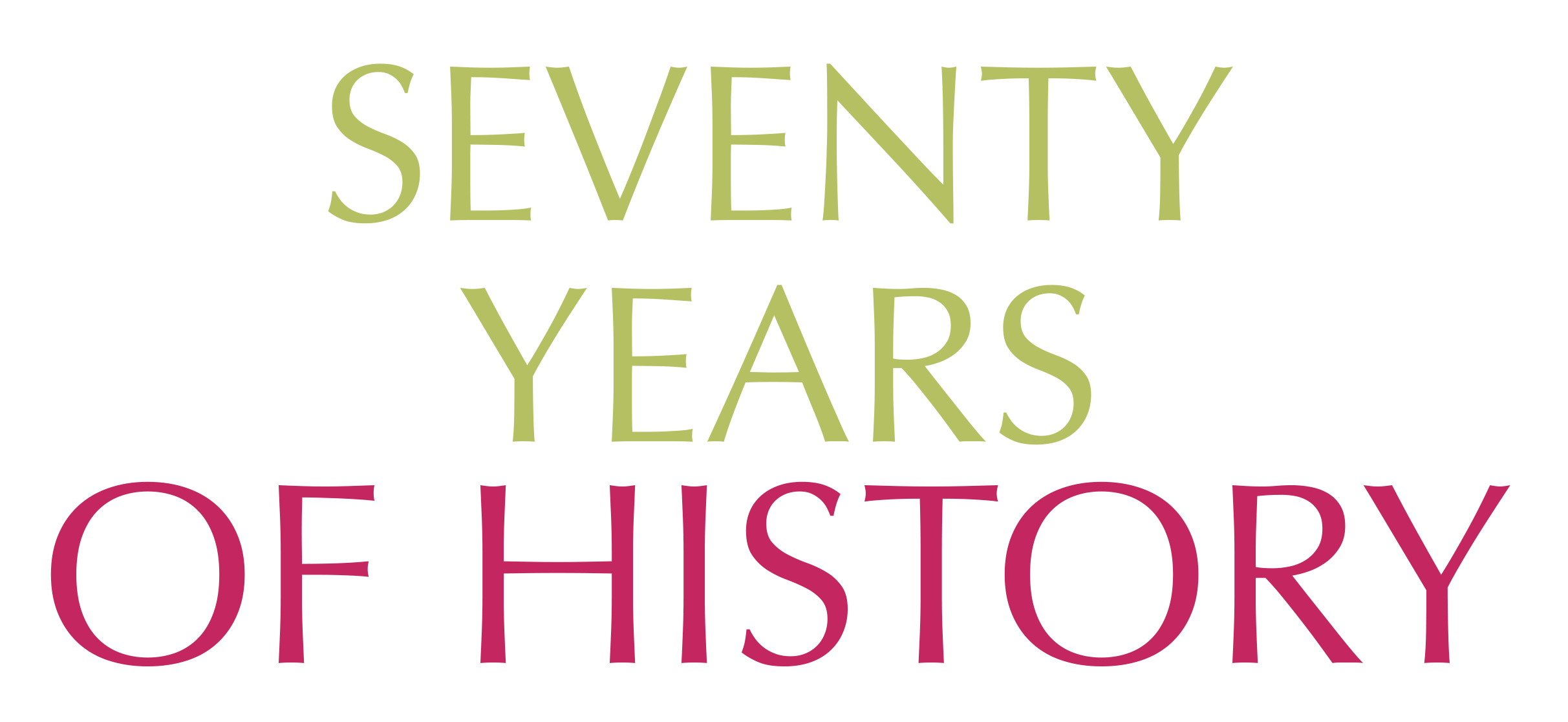
In Aruba, for more than 70 years, the biggest cultural event without a doubt is Carnival. On an island like Aruba where we historically know an oral transition. With this publication, it is my intention to contribute to the registration and documentation of Aruba's intangible cultural heritage. Other financial contributors I would like to thank are; Mondriaan Cultuurfonds from the Netherlands, UNOCA (Aruba), and Prins Bernhard Cultuurfonds Caribisch Gebied. From the local private sector, thanks to Setar N.V., Aruba Tourism Authority, Leysner & de Cuba Accountants, and Laboratorio Familiar. I must mention a difference between the work on the one hand the magazine and on the other hand the book (publication). The magazine always illustrated the beautiful, luxurious, joyful, and ambient part of Carnival. The book, based on more scientific research, is a documentation that illustrates Aruba's Carnival in all its aspects.
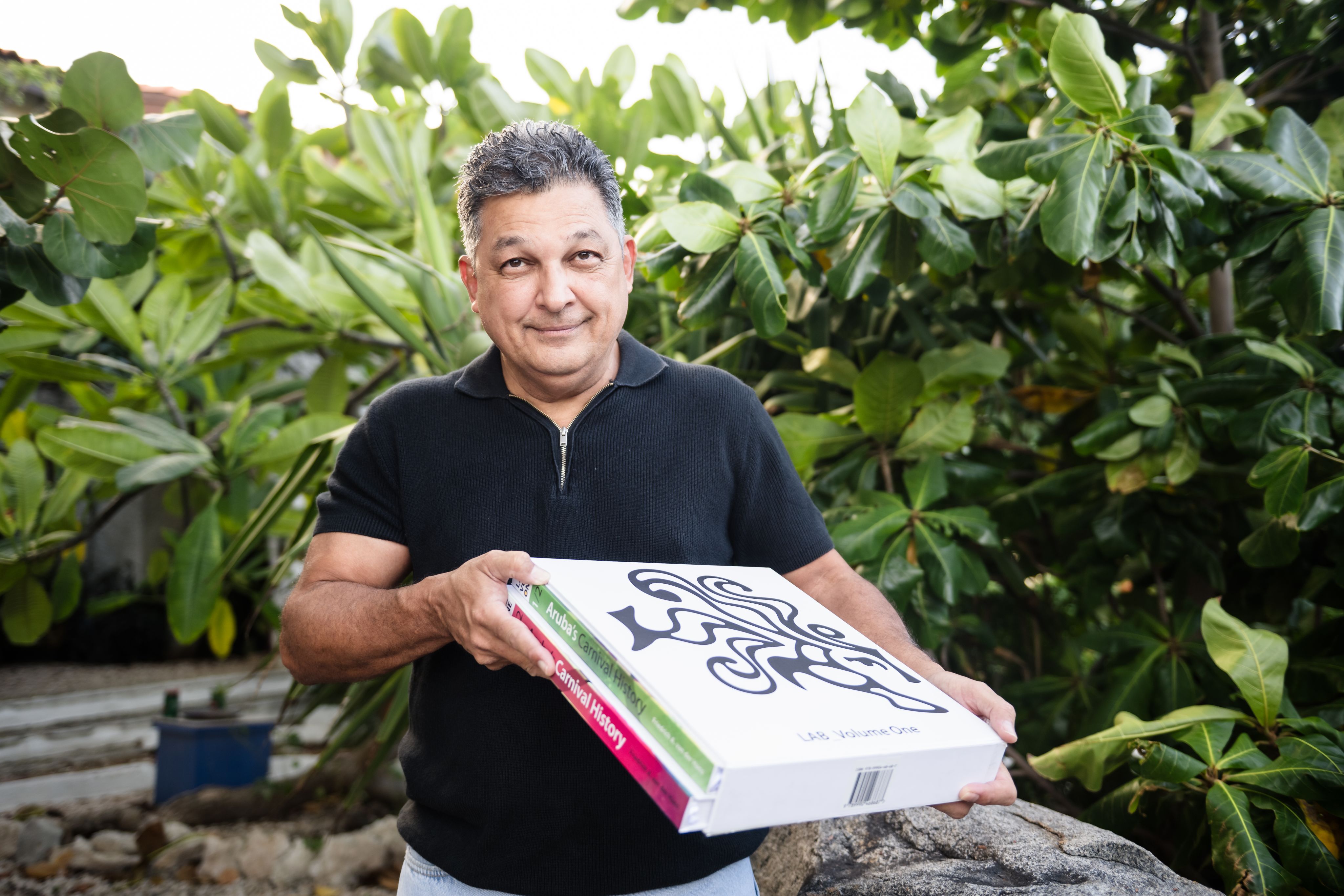
Aruba's Carnival in its historical development including also difficult moments which unfortunately are not as beautiful as what people see in artistic work during the parades. An Aruba's Carnival more complete, responsible, and in its entirety.
As for possibilities to elevate this great cultural festival, in my view, a stronger union is essential. And in my opinion, to achieve this stronger union, it is necessary to resolve certain differences and disagreements. For a long time in Aruba, as far as Carnival is concerned, a division has been made between what is above and below the bridge.
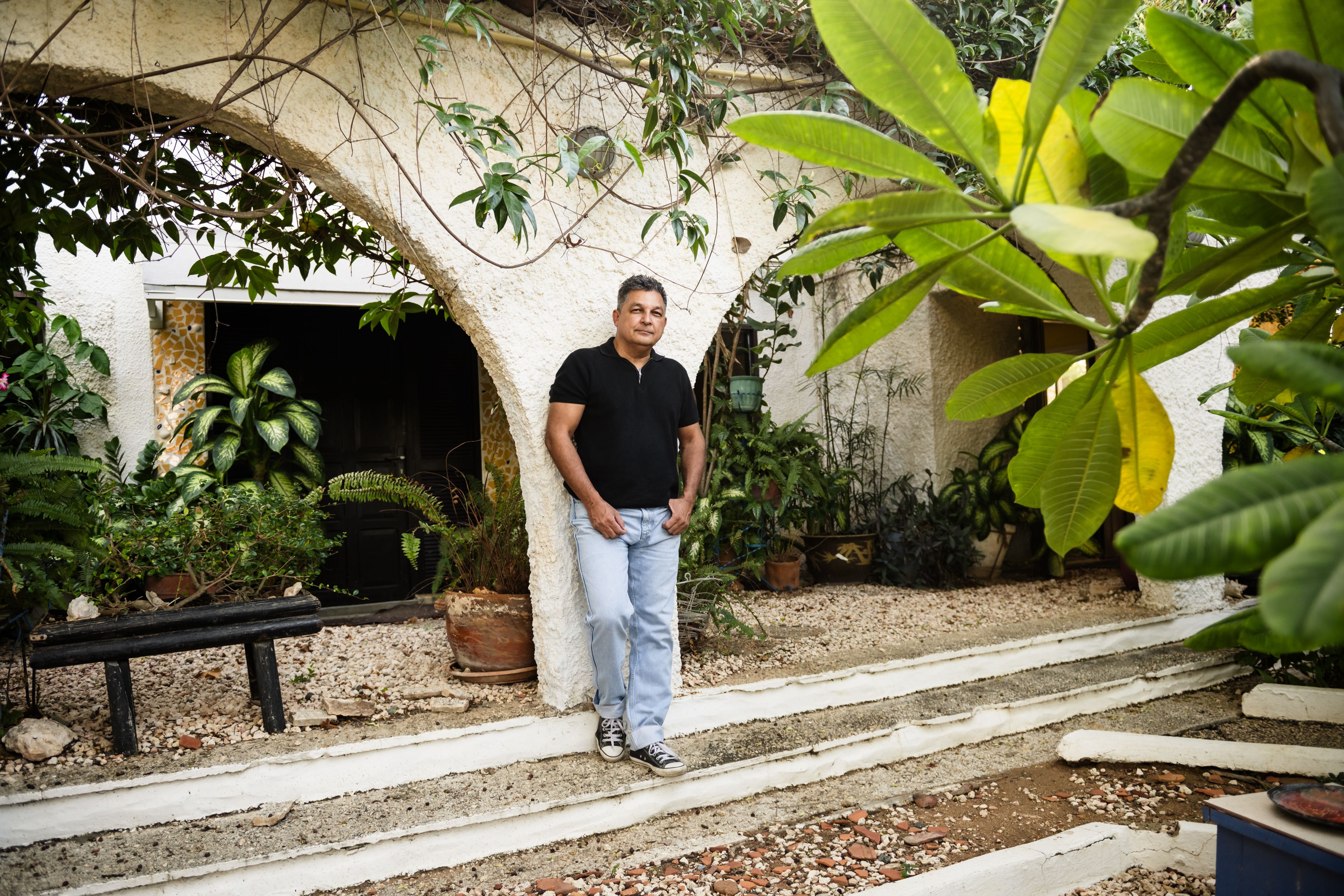
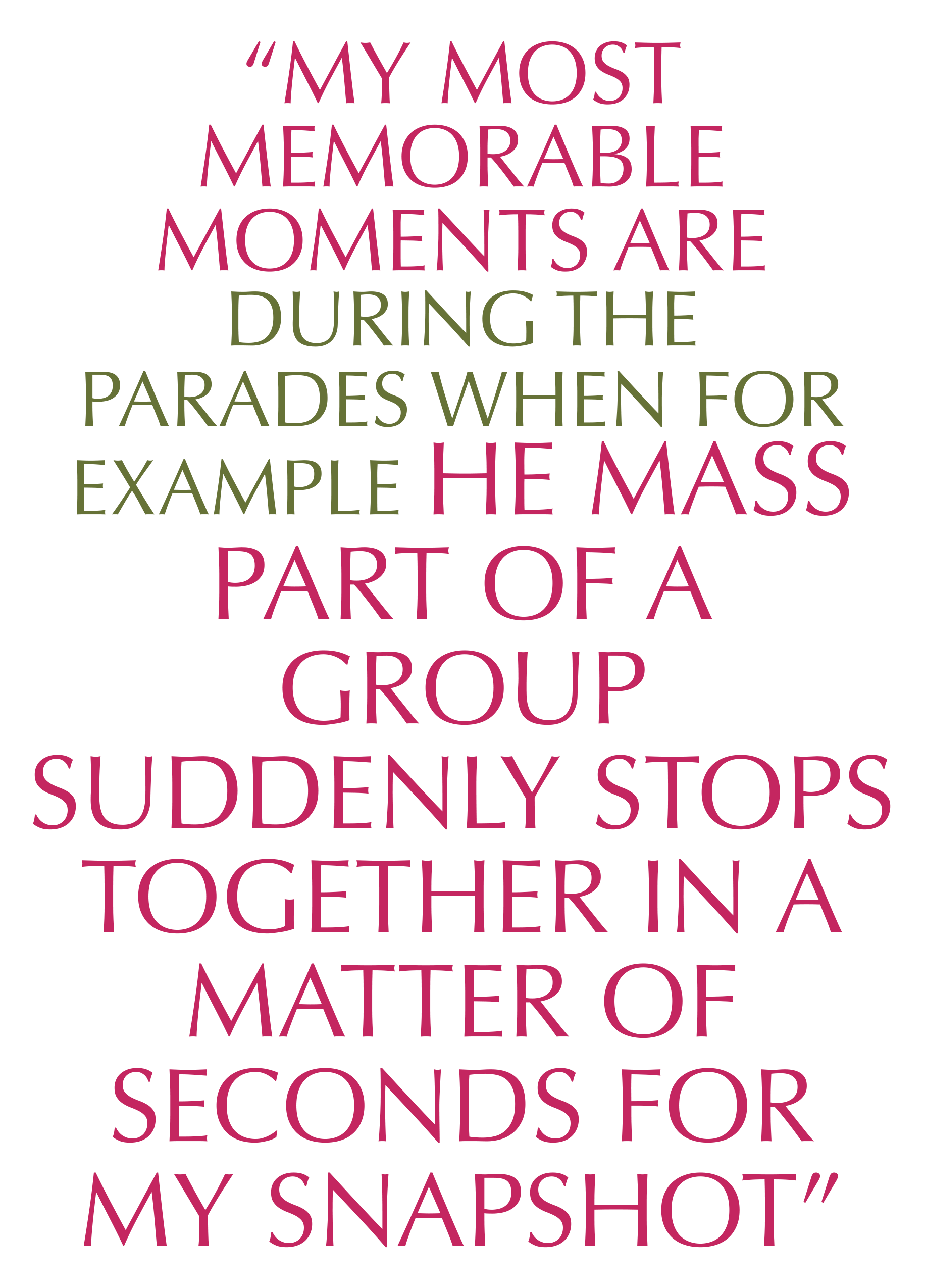
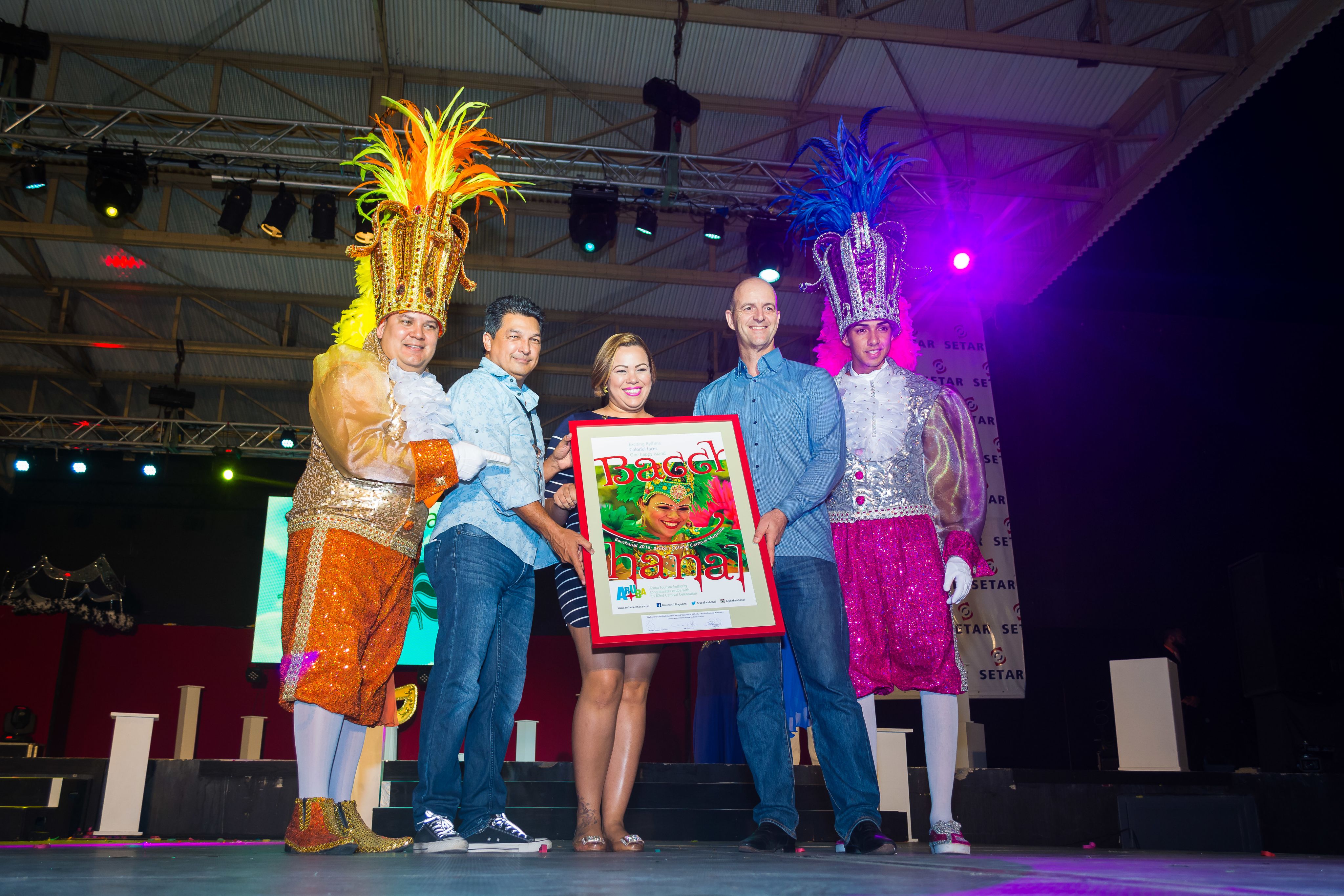

I would like to use this opportunity given by Xclusivo to interpret this division between the European-Catholic influence and the Afro-Caribbean influence in Aruba's Carnival. In my opinion, if we manage to resolve disagreements and differences both in Aruba and worldwide, then in the future we will certainly appreciate a synergy.
My most memorable moments are when in my work as a photographer I experience the joy and recognition of the participants for Bacchanal. Especially during the parades when for example the mass part of a group suddenly stops and stands together in a matter of seconds. The moment when everyone raises their hand and gives me the chance to snap my camera and save that photo, so every time I snapshot and record every moment possible in Aruba's Carnival.
